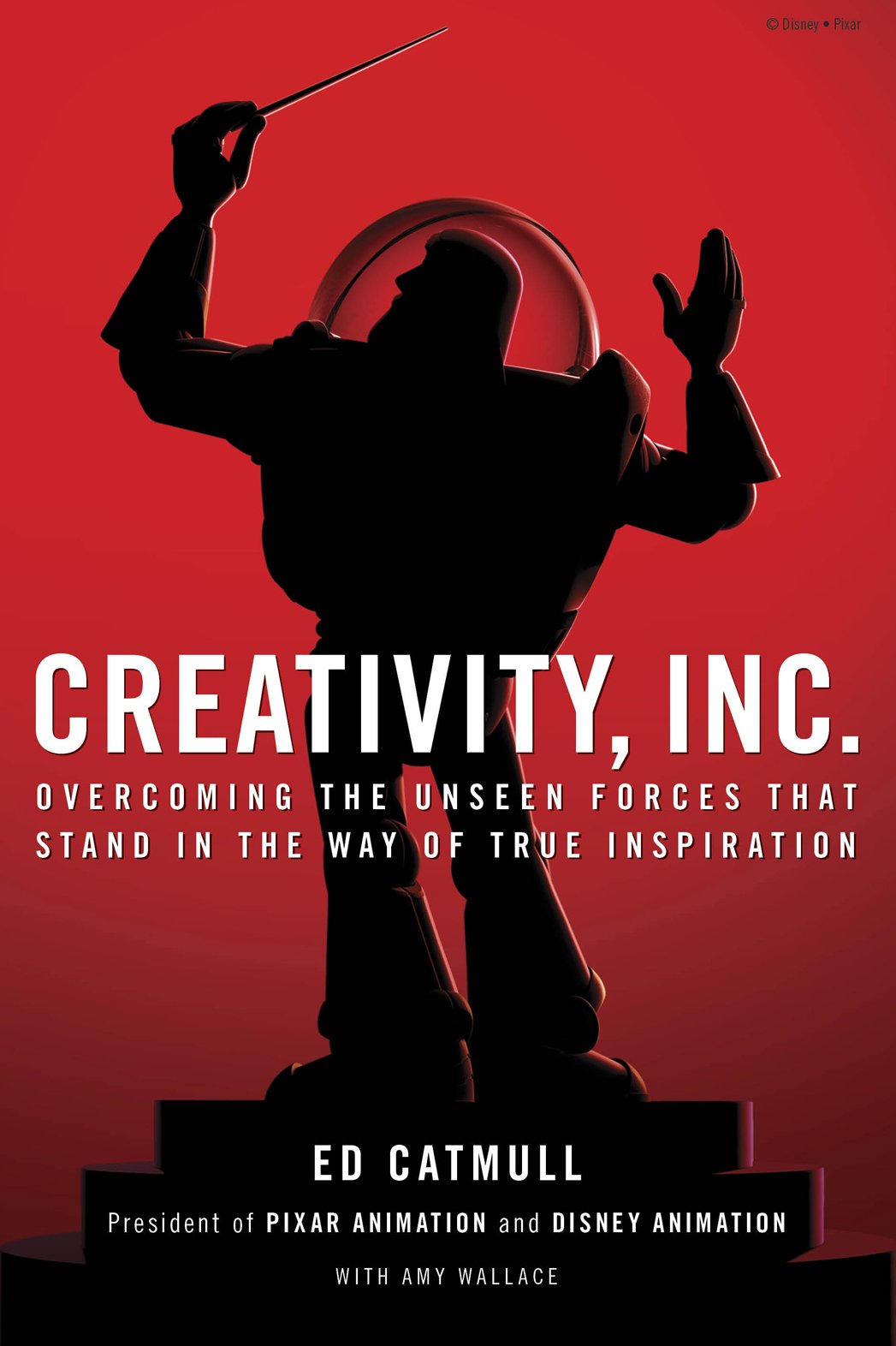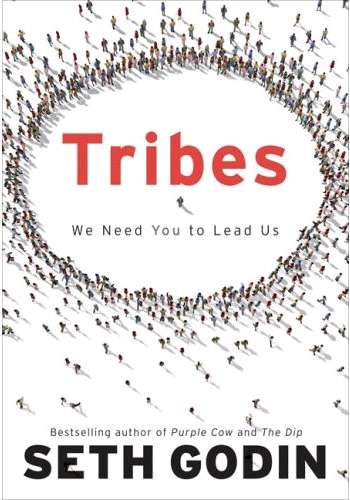Estimate time to read this page: 4 – 7 minutes
Edition Reviewed: Audiobook
Recommendation: Read it or listen to it. Gladwell reads the audiobook, and is quite engaging.
 In November of 2008 the NPR show Radiolab aired a program that got me thinking about how often our role as designers is to influence decision making in some way or another. Sure, sometimes we’re asked to sell something. That’s the easy one. Sometimes it’s a little less overt than that. Every time we design a software or website interface, or the packaging for a product we’re influencing the user’s decision making. If we’re doing our jobs, we’re giving the user subtle cues that affect their behavior and help them use the product better.
In November of 2008 the NPR show Radiolab aired a program that got me thinking about how often our role as designers is to influence decision making in some way or another. Sure, sometimes we’re asked to sell something. That’s the easy one. Sometimes it’s a little less overt than that. Every time we design a software or website interface, or the packaging for a product we’re influencing the user’s decision making. If we’re doing our jobs, we’re giving the user subtle cues that affect their behavior and help them use the product better.
One of the guests on that episode is Malcolm Gladwell, a guy who’d I’d dismissed, prematurely as it turns out, because he wasn’t a psychologist (he’s a journalist) but writes what many would call pop psychology. To be honest, I am always skeptical of new gurus, and after the runaway success of The Tipping Point (a book ironically about the point at which something becomes a runaway success), I had written Gladwell off.
Gladwell’s portion of the podcast was entertaining, informative, and engaging. So, despite that fact that every Zig Ziglar loving salestard I know loved ‘The Tipping Point‘ I had to admit that ‘Blink‘ sounded like it was right up my alley. It also reminded me that I can’t hold an artist responsible for their fans, except for Insane Clown Posse.
You can listen to the episode here: Radiolab – Choice
‘Blink’ is a book about the decision making process. If you read the summaries, it seems to be about the decisions we make without thinking, in the ‘Blink’ of an eye. However, in the examples that Gladwell sites, he talks about experts who have consciously isolated the fewest points of relevant data in order to draw a conclusion. He spends a great deal of time with a psychologist who can look at 15 minutes of video and tell you with alarming accuracy whether a couples marriage will last.
The message I took away was that we ALL unconsciously reduce our decision making to as few relevant factors as possible. We’re very bad, in most cases because we are completely unaware that we are even doing it, at articulating those factors and how they influence our decisions, but we all do it…all the time.
This combined nicely for me with what I took away from How We Decide by Jonah Lehrer (which I read first): That all decision making (even seemingly emotional decisions) are deeply rational. In fact, the ‘gut’ decisions we make are probably the most rational, because they’re a mechanism our mind has developed to circumvent the expensive process of making a decision.
Gladwell’s Blink offers insight into how those ‘gut’ decisions really work: by doing as little work as possible. Really, that makes complete sense. If the ‘gut’ decisions we make are an evolutionary satisficing method (satisficing is a decision making method that factors the cost of making the decision into the benefit of choosing your alternatives), then it’s reasonable for them to try and conserve energy by reducing the number of factors. Lehrer posits that our emotional/instinctive reactions are a shorthand for an extremely complicated decision making process that factors in every experience we have with a subject, and feeds us results as concisely as possible. Gladwell pushes that idea further by explaining that our subconscious bases those reactions on as little information as possible.
Why then, if our brains are so good at reducing decision making to only the relevant details, do we so frequently make mistakes? Why do we marry the person we’ll divorce in the first place? Why do we hire the person who we have doubts about in the interview? Why do we buy a second or third or fourth product from a company even after our first (or second or third) one failed?
That’s actually not too hard to figure out: We choose the wrong information. We subconsciously judge our mate based on pheromones and indicators of reproductive viability. We hire a candidate because we ‘like’ them. We buy a product because of its ability to signal our values or status to the outside world…or because it looks or smells or feels ‘nice.’ And, because it all happens unconsciously, it’s hard to circumvent.
I’ve always said that the most important thing that I learned in Art school was the ability to articulate what made me react to visual art. Gladwell’s Blink, combined with Lehrer’s How We Decide helped me understand that the most valuable tool in my designer’s toolbox is Metacognition: or thinking about thinking. Awareness of my own cognitive processes allows me to hone in on things that may derail a user’s decision making, or disrupt their ability to easily use and enjoy a product. For that reason alone, I can tell that Blink has changed my work for the better.
For that reason alone, I heartily recommend reading, or listening to, Blink by Malcolm Gladwell.
You can support Design Reading List by buying this, or any of the other books we review through our Amazon A-Store, http://store.designreadinglist.com.



